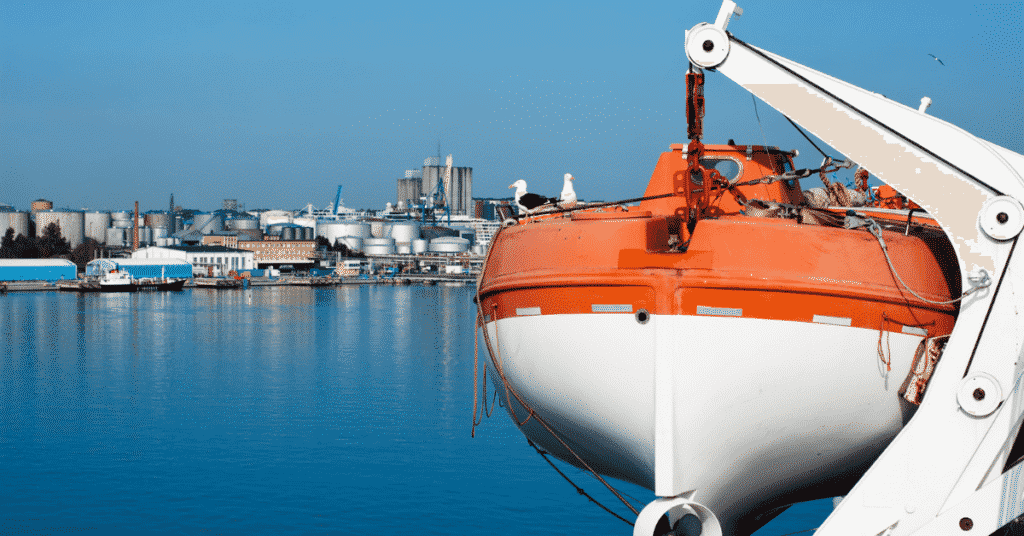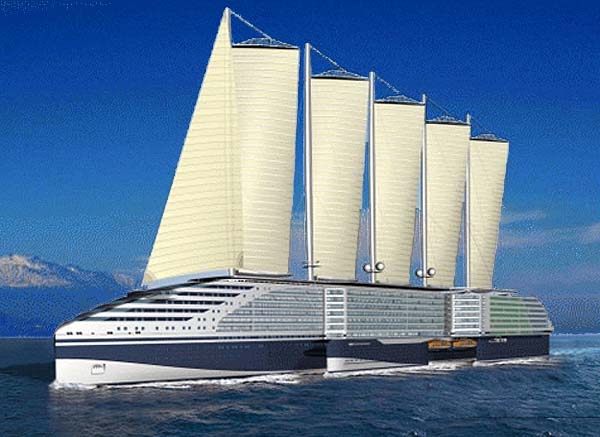Video: How is a Mooring Operation Performed?
Do you know how ships are held close to the jetty during cargo operations, even with winds and port tides?
It is achieved by mooring operation which is the process of fastening a vessel to any floating or shore-based structure, ensuring it remains stationary.
These structures to which the ship is tied may include buoys, other ships, berths, jetties, piers, wharves, quays, etc. This involves various mechanisms such as mooring lines, winches, and fenders.
Mooring lines, typically made of steel or high-grade synthetic materials, are chosen for their strength and elasticity. They have a Safe Working Load and breaking strength, ensuring safety during operations. These lines are controlled by mooring winches, located shoreside and operated by electro-hydraulic power.
Driving systems, powered by dedicated engines or motors, provide the necessary torque to operate winches efficiently.
Vessel fittings secure mooring lines to the vessel structure, featuring elements like chocks, bollards, and fairleads, designed according to industry standards.
Fenders, constructed from rubber, wood, or synthetic polymers, protect the vessel and shore structures by absorbing impact energy during mooring.
Effective mooring operations require seamless collaboration between the forward and aft mooring teams and clear communication with the bridge and dock personnel. All crew members must wear appropriate Personal Protective Equipment to ensure safety.
Before arrival, factors such as the nature of the berth, environmental conditions, and cargo operations must be considered. The Master outlines the berthing plan, including the number and order of lines.
Different types of mooring lines include breast lines, headlines, spring lines, and stern lines, each serving a specific purpose in securing the vessel.
- Breast lines run perpendicular to the ship’s front and back, keeping the ship from moving away from the berth.
- Headlines connect from the front of the ship to the shore at about a 45-degree angle.
- Spring lines run nearly parallel to the ship’s front and back and prevent it from moving forward or backwards.
- Stern lines are similar to headlines, but they connect from the back of the ship to the shore.
Efficient mooring patterns position headlines and springs close to the vessel’s fore and aft line, maximising line efficiency and minimising angles to the quay.
Throughout the port stay, weather conditions, tide and current ranges, and traffic movement must be monitored and recorded to ensure safe mooring.
The ship’s crew needs to continuously monitor the tightness of the mooring line, especially when cargo or bunkering operations are going on, which affects the draft and list of the ship.
Any changes in these conditions may slacken or tighten the mooring rope. A toot-tightened rope can snap and act as an iron whip, which can injure or even kill a person.
Regular inspection and maintenance of mooring equipment are essential, including checking for damage, wear, and proper tension of mooring lines.
All mooring lines should be protected from potential damage when not in use, ensuring their reliability during operations.
By adhering to best practices, maritime professionals can ensure smooth and secure mooring of vessels in any port.
Watch this video to know more-

About Author
Zahra is an alumna of Miranda House, University of Delhi. She is an avid writer, possessing immaculate research and editing skills. Author of several academic papers, she has also worked as a freelance writer, producing many technical, creative and marketing pieces. A true aesthete at heart, she loves books a little more than anything else.
Disclaimer :
The information contained in this website is for general information purposes only. While we endeavour to keep the information up to date and correct, we make no representations or warranties of any kind, express or implied, about the completeness, accuracy, reliability, suitability or availability with respect to the website or the information, products, services, or related graphics contained on the website for any purpose. Any reliance you place on such information is therefore strictly at your own risk.
In no event will we be liable for any loss or damage including without limitation, indirect or consequential loss or damage, or any loss or damage whatsoever arising from loss of data or profits arising out of, or in connection with, the use of this website.
Disclaimer :
The information contained in this website is for general information purposes only. While we endeavour to keep the information up to date and correct, we make no representations or warranties of any kind, express or implied, about the completeness, accuracy, reliability, suitability or availability with respect to the website or the information, products, services, or related graphics contained on the website for any purpose. Any reliance you place on such information is therefore strictly at your own risk.
Related Articles
Do you have info to share with us ? Suggest a correction
Daily Maritime News, Straight To Your Inbox
Sign Up To Get Daily Newsletters
Join over 60k+ people who read our daily newsletters
By subscribing, you agree to our Privacy Policy and may receive occasional deal communications; you can unsubscribe anytime.







BE THE FIRST TO COMMENT